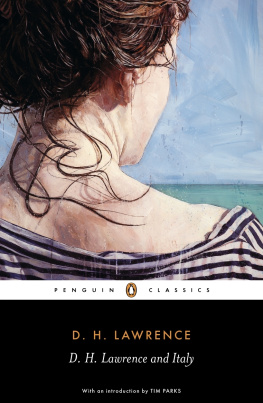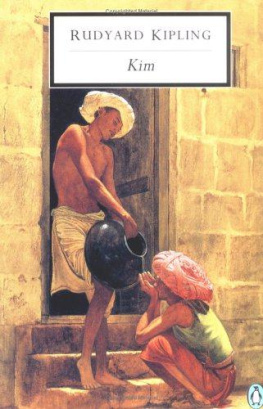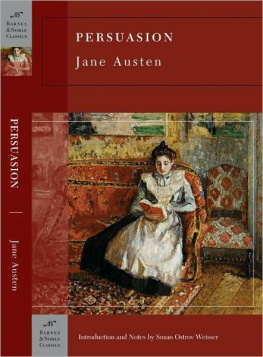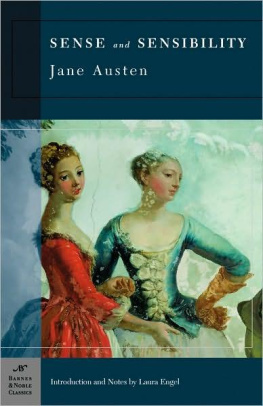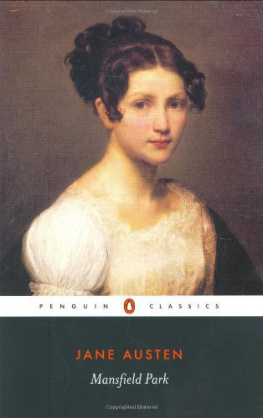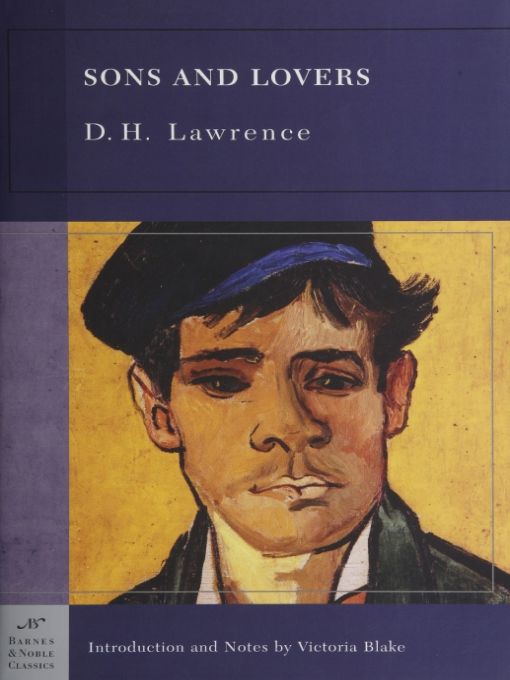
Table of Contents
From the Pages of Sons and Lovers
Paul would be built like his mother, slightly and rather small. His fair hair went reddish, and then dark brown; his eyes were grey. He was a pale, quiet child, with eyes that seemed to listen, and with a full, dropping underlip. (page 65)
She felt the accuracy with which he caught her, exactly at the right moment, and the exactly proportionate strength of his thrust, and she was afraid. Down to her bowels went the hot wave of fear. She was in his hands. Again, firm and inevitable came the thrust at the right moment. She gripped the rope, almost swooning. (page 168)
She saw him, slender and firm, as if the setting sun had given him to her. A deep pain took hold of her, and she knew she must love him. And she had discovered him, discovered in him a rare potentiality, discovered his loneliness. (page 184)
He had come back to his mother. Hers was the strongest tie in his life. When he thought round, Miriam shrank away. There was a vague, unreal feel about her. And nobody else mattered. There was one place in the world that stood solid and did not melt into unreality : the place where his mother was. Everybody else could grow shadowy, almost non-existent to him, but she could not. It was as if the pivot and pole of his life, from which he could not escape, was his mother. (page 245)
A good many of the nicest men he knew were like himself, bound in by their own virginity, which they could not break out of. They were so sensitive to their women that they would go without them for ever rather than do them a hurt, an injustice. Being the sons of mothers whose husbands had blundered rather brutally through their feminine sanctities, they were themselves too diffident and shy. They could easier deny themselves than incur any reproach from a woman; for a woman was like their mother, and they were full of the sense of their mother. (page 306)
She put her hands over him, on his hair, on his shoulders, to feel if the raindrops fell on him. She loved him dearly. He, as he lay with his face on the dead pine-leaves, felt extraordinarily quiet. He did not mind if the raindrops came on him: he would have lain and got wet through: he felt as if nothing mattered, as if his living were smeared away into the beyond, near and quite lovable. This strange, gentle reaching-out to death was new to him. (page 314)
You love me so much, you want to put me in your pocket. And I should die there smothered. (page 453)
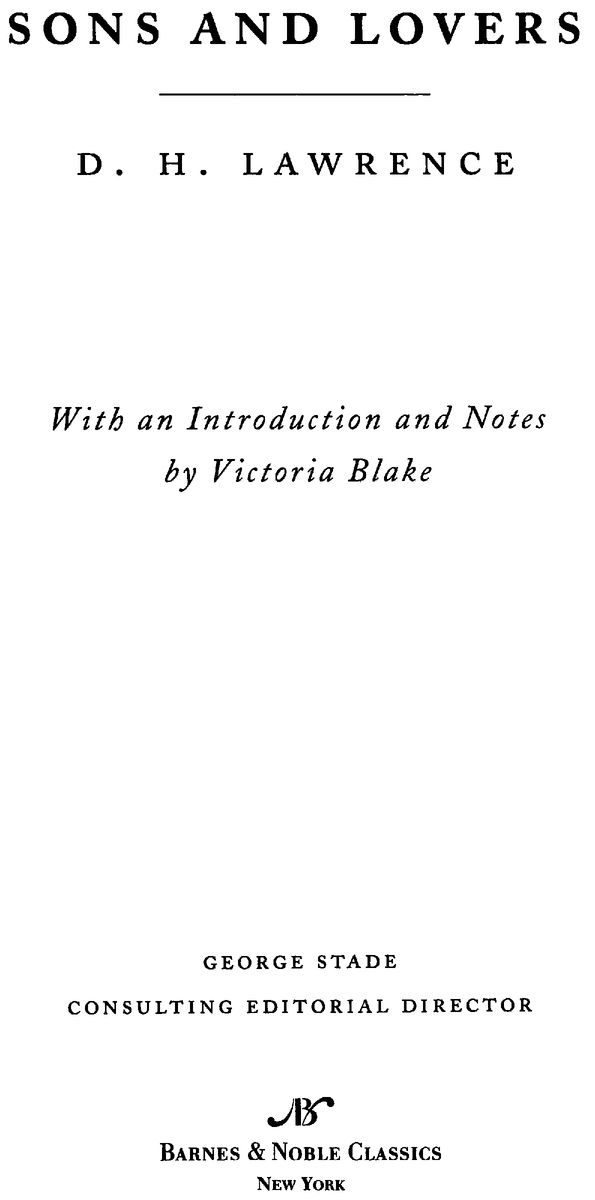
D. H. Lawrence
David Herbert Lawrence was born on September 11, 1885, in Eastwood, a coal-mining town in Nottinghamshire, England, the fourth child of a couple whose marriage Lawrence later described as one carnal, bloody fight. Lawrences psychologically intimate relationship with his mother would serve as the grounds for many of his novels. Lawrence studied to be a teacher but became interested in the arts. Jessie Chambers, a school love interest, submitted a number of Lawrences early poems to Ford Madox Ford, editor of The English Review, and he published them. This first exposure would prove to be fruitful, and Lawrence soon published several novels, including The White Peacock (1911) and The Trespasser (1912), as well as Love Poems and Others (1913).
Lawrence gained fame and notoriety in 1913 with the publication of Sons and Lovers, a novel which was criticized by some as being too overtly sexual. Sons and Lovers was followed by The Rainbow, a story of two sisters growing up in northern England that was banned upon its publication for its alleged obscenity. His novel Lady Chatterleys Lover was pronounced obscene and banned in the United Kingdom and America. Despite the censorship, Lawrence remained unapologetic for creating art for my sake. Lawrences personal life, including his elopement with Frieda von Richthofen, wife of one of his professors and the mother of three children, fueled the aura of scandal that followed him throughout his career.
Despite censorship and other setbacks, in his exceptionally prolific literary career Lawrence authored more than a dozen novels, three volumes of stories and three volumes of novellas, an immense collection of poetry, and numerous works of nonfiction, which he called his Pollyanalyties. He also wrote eight plays, most of which have been forgotten. The Lawrences traveled widely, but as Lawrences health worsened they settled in the south of France, where the author died on March 2, 1930. His ashes lie in a memorial chapel at his ranch in New Mexico.
The World of D. H. Lawrence and
Sons and Lovers
| 1885 | David Herbert Lawrence is born on September 11 in Eastwood, Nottinghamshire, a working-class mining town in central England. The sickly Lawrence is confined to bed for much of his early childhood and grows close to his mother, who tends to him. |
| 1898-1901 | Lawrence attends Nottingham High School on a scholarship, then takes a job as a clerk in a surgical appliance factory, but he leaves after suffering an attack of pneumonia. His brother, Ernest, dies in October 1901. |
| 1902- | Lawrence takes a part-time teaching job at the British |
| 1906 | Schools in Eastwood and attends a teacher-training center in Ilkeston. |
| 1906 | Lawrence enrolls at University College, Nottingham, to get his teachers certificate; he leaves after two years. |
| 1909-1910 | The English Review publishes several of Lawrences poems. His mother, Lydia, dies in December 1910; Lawrence assists her by administering an overdose of morphine. |
| 1911 | Lawrences first novel, The White Peacock, is published. |
| 1912 | Lawrence and Frieda von Richthofen, the wife of Lawrences former Nottingham professor Ernest Weekley and sister of famous aviator Manfred von Richthofen, run away to Germany and Italy. |
| 1913 | Rejected at first by Heinemann Publishers, the autobiographical Sons and Lovers is published. Criticized for his graphic depiction of sexual relations, Lawrence defends himself by stating that whatever the blood feels, and believes, and says, is always true. |
| 1914 | World War I breaks out. Lawrence and Frieda marry on July 13. Unable to obtain passports, for the duration of the war they are forced to live in various places in England, including Cornwall and Derbyshire, where they share a house with John Middleton Murray and the writer Katherine Mansfield. |
| 1915 | Upon the publication of The Rainbow, Lawrence is prosecuted for his liberal use of profanity and graphic descriptions of sex, and the novel is suppressed. More than 1,000 copies of the book are burned. |
| 1916 | Lawrence is introduced to Lady Ottoline Morrell, the wife of a liberal member of Parliament, and she becomes one of his most important patrons. Through her, Lawrence forms friendships with Aldous Huxley, E. M. Forster, and Bertrand Russell. |
| 1917 | Lawrence and Frieda are suspected of being spies for the Germans. |
| 1919 | The Lawrences journey throughout Europe, stopping in Sicily, Sardinia, and Switzerland. Lawrence publishes Women in Love, the sequel to The Rainbow, in Italy. |
| 1920 |


